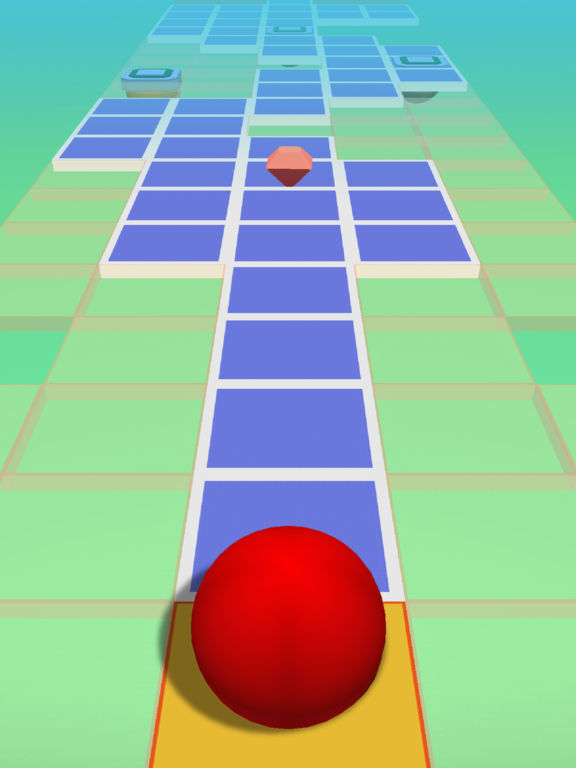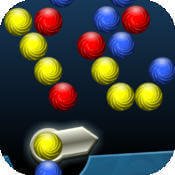


Large stones from the church walls were hurled onto the ground and through large wooden beams. Witnesses described an 8-foot (2.4 m) ball of fire striking and entering the church, nearly destroying it. Four people died and approximately 60 suffered injuries during a severe storm. One early account reports on the Great Thunderstorm at a church in Widecombe-in-the-Moor, Devon, in England, on 21 October 1638. It is fascinating to see how closely Gervase's 12th century description matches modern reports of ball lightning." Great Thunderstorm of Widecombe-in-the-Moor Ĭontemporary woodcut of the Widecombe-in-the-Moor storm Physicist Emeritus Professor Brian Tanner and historian Giles Gasper of Durham University identified the chronicle entry as probably describing ball lightning, and noted its similarity to other accounts: "Gervase's description of a white substance coming out of the dark cloud, falling as a spinning fiery sphere and then having some horizontal motion is very similar to historic and contemporary descriptions of ball lightning. He states, "A marvellous sign descended near London", consisting of a dense and dark cloud, emitting a white substance that grew into a spherical shape under the cloud, from which a fiery globe fell towards the river. The chronicle of Gervase of Canterbury, an English monk, contains what is possibly the earliest known reference to ball lightning, dated 7 June, 1195. Another study analyzed reports of 10,000 cases. 5.5 Hydrodynamic vortex ring antisymmetryīall lightning is a possible source of legends that describe luminous balls, such as the mythological Anchimayen from Argentinean and Chilean Mapuche culture.Īccording to statistical investigations in 1960, ball lightning had been seen by 5% of the population of the Earth.

5.2 Electrically charged solid-core model.3 Direct measurements of natural ball lightning.1.2 Great Thunderstorm of Widecombe-in-the-Moor.Owing to the lack of reproducible data, the existence of ball lightning as a distinct physical phenomenon remains unproven. The presumption of its existence has depended on reported public sightings, which have produced inconsistent findings. Scientists have proposed a number of hypotheses to explain reports of ball lightning over the centuries, but scientific data on ball lightning remain scarce. Laboratory experiments have produced effects that are visually similar to reports of ball lightning, but how these relate to the supposed phenomenon remains unclear. An optical spectrum of what appears to have been a ball lightning event was published in January 2014 and included a video at high frame rate. Descriptions of ball lightning appear in a variety of accounts over the centuries and have received attention from scientists. Some 19th-century reports describe balls that eventually explode and leave behind an odor of sulphur. Though usually associated with thunderstorms, the observed phenomenon is reported to last considerably longer than the split-second flash of a lightning bolt, and is a phenomenon distinct from St. Ball lightning is a rare and unexplained phenomenon described as luminescent, spherical objects that vary from pea-sized to several meters in diameter.


 0 kommentar(er)
0 kommentar(er)
